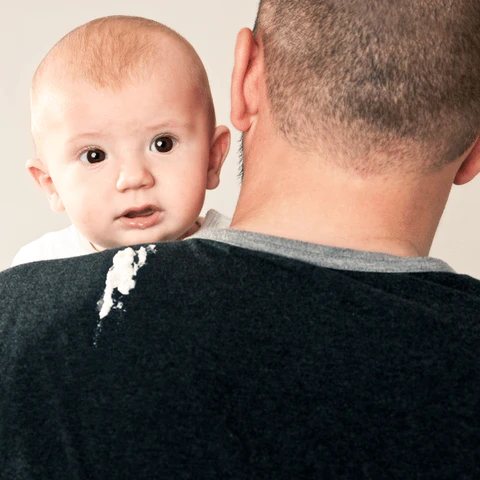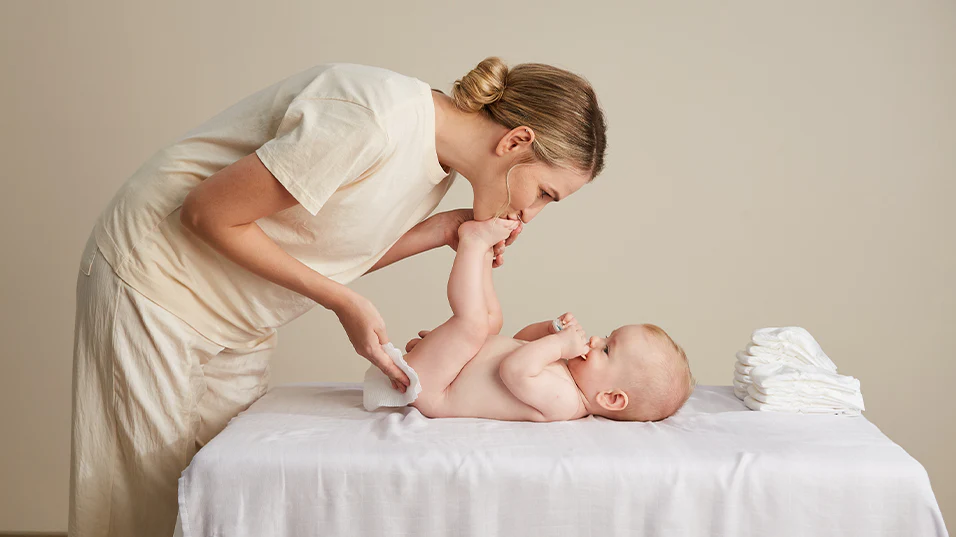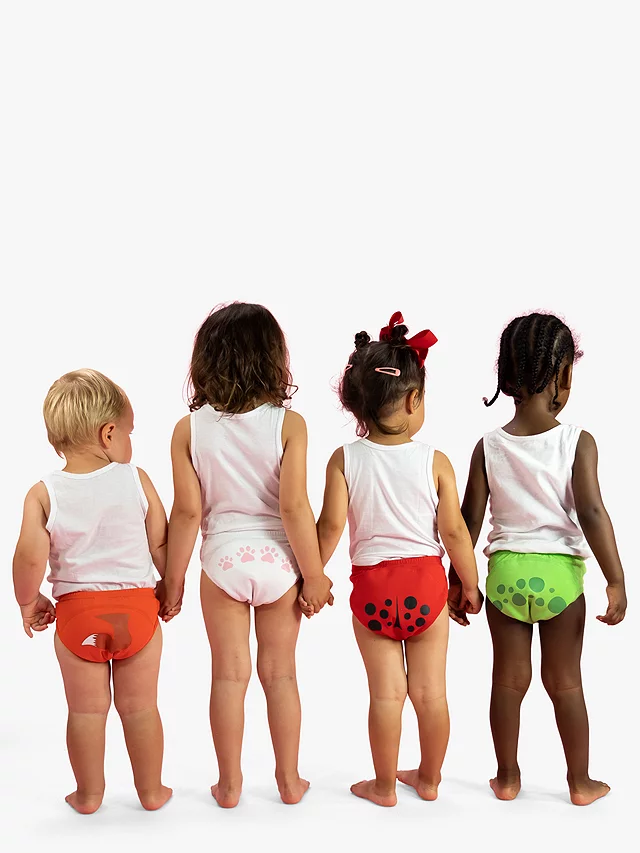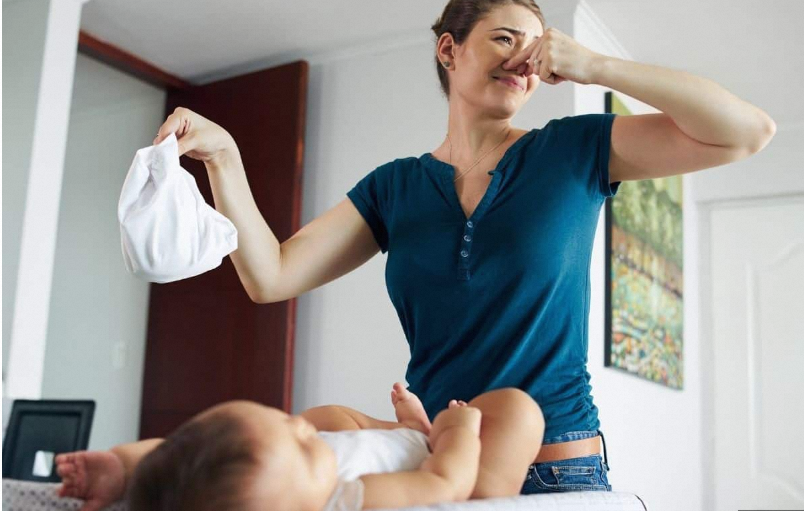How to Deal With Your Baby’s Spit-Up: Practical Tips and Cleaning Solutions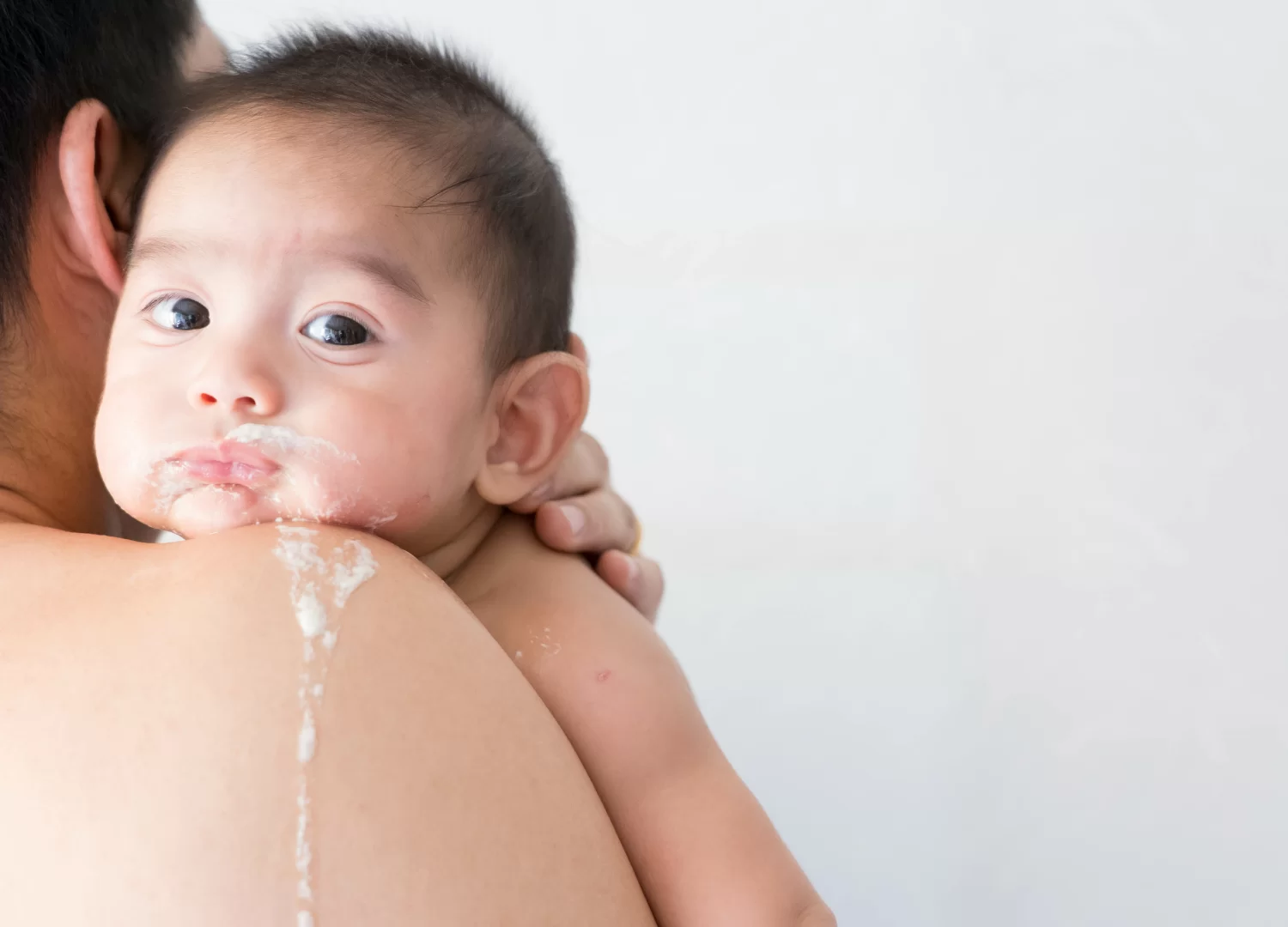
Spit-up is a rite of passage for many babies, and while it can be messy, it’s usually a perfectly normal part of their development. Knowing how to minimize spit-up and manage the inevitable messes can significantly reduce parental stress. Let’s tackle this common baby issue head-on!
Why Do Babies Spit Up?
Understanding the culprit behind spit-up is the first step in addressing it. Here are the main reasons:
- Immature Digestive System: A newborn’s digestive system is still developing. The valve (lower esophageal sphincter) connecting the esophagus and stomach isn’t always fully effective yet, allowing milk and stomach acid to flow back up.
- Overfeeding: A tiny tummy fills up quickly. Overfeeding stretches the stomach, making it easier for the contents to come back up.
- Swallowed Air: Babies often swallow air during feeding, which can increase pressure in their stomachs and lead to spit-up.
- Activity After Meals: Too much movement immediately after feeding, such as tummy time or bouncing, can trigger spit-up.
Strategies to Minimize Spit-Up
While some spit-up is inevitable, these tips can help reduce its frequency and intensity:
- Smaller, Frequent Feedings: Instead of large feedings, offer smaller breastmilk or formula portions more often to prevent overfilling your baby’s tummy.
- **Frequent Burping: Burp your baby during and after each feed to help them release any trapped air.
- Upright Position: Keep your baby in an upright position for at least 30 minutes after feeding to help gravity keep the milk down.
- **Loose Clothing: Dress your baby in comfy clothes that don’t put pressure on their stomach.
- Proper Feeding Techniques: Ensure a good latch during breastfeeding to reduce air intake. If bottle-feeding, use a slow-flow nipple and pace feeds with regular breaks.
- Delay Active Play: Wait a while after feeding before engaging your baby in tummy time or other activities that involve a lot of movement.
Dealing with the Mess of Spit-Up: Practical Tips and Cleaning Solutions
While you can’t completely prevent spit-up, you can certainly be prepared for it and manage the mess effectively. Here are some handy tips:
-
Invest in Burp Cloths: Burp cloths are your best friend during this messy phase. Keep several readily available, preferably made of absorbent and soft material to comfortably wipe up spit-up without irritating your baby’s delicate skin.
-
Embrace Bibs: Bibs are another essential tool for managing spit-up. Use bibs not only during feedings but also throughout the day to catch any unexpected spills or dribbles. Choose bibs made of waterproof or wipeable materials for easy cleaning.
-
Dress for Easy Cleaning: When choosing clothes for your baby, prioritize comfort and ease of cleaning. Opt for machine-washable and quick-drying outfits in case of frequent spit-up incidents. Consider using bibs or clothing protectors for extra coverage.
-
Protect Furniture and Surfaces: Cover furniture and carpets in areas where your baby spends time with washable blankets or sheets. This helps protect your belongings from potential mess and makes cleaning up easier.
-
Cleaning Up Spit-Up: When dealing with spit-up, act quickly to prevent stains and odors. Blot up the excess with a clean, absorbent cloth and follow up with a gentle wipe using warm water and mild baby soap. Avoid harsh chemicals or rubbing, as these can irritate your baby’s skin.
When Does Spit-Up Become a Thing of the Past? Finding Solace in the Timeline
For most babies, spitting up peaks around 4-6 months of age. As their digestive system matures and strengthens, the frequency and volume of spitting up gradually decrease. By the time your baby reaches 12 months, frequent spit-up typically becomes a thing of the past.
However, it’s important to remember that every baby is unique. While the timeline mentioned above provides a general guideline, some babies might experience spit-up for a longer duration.

